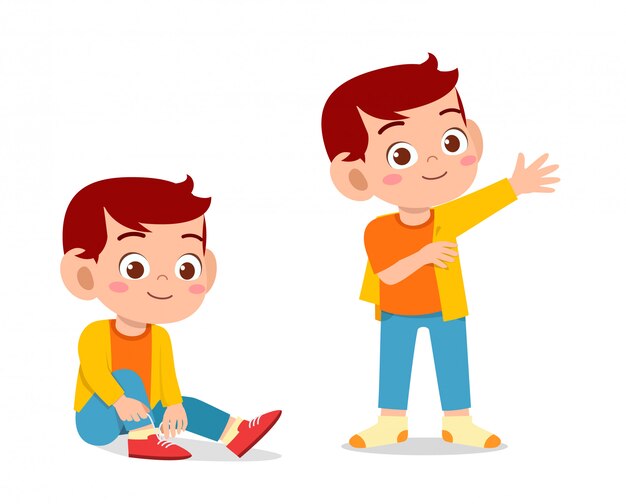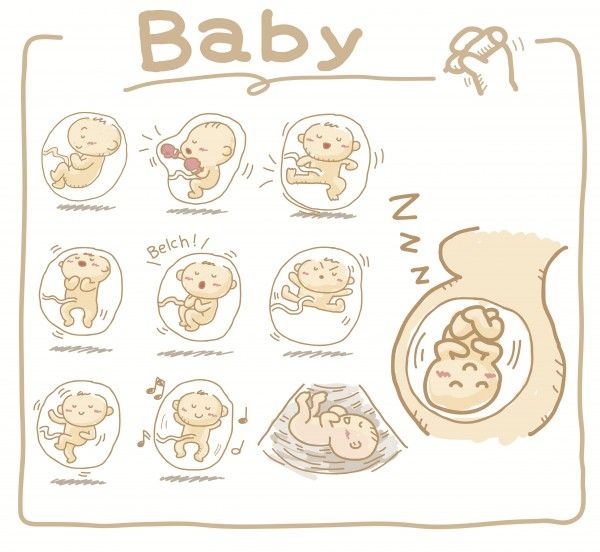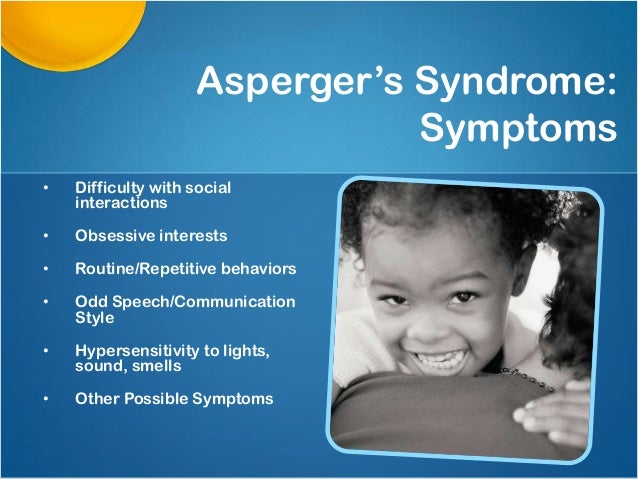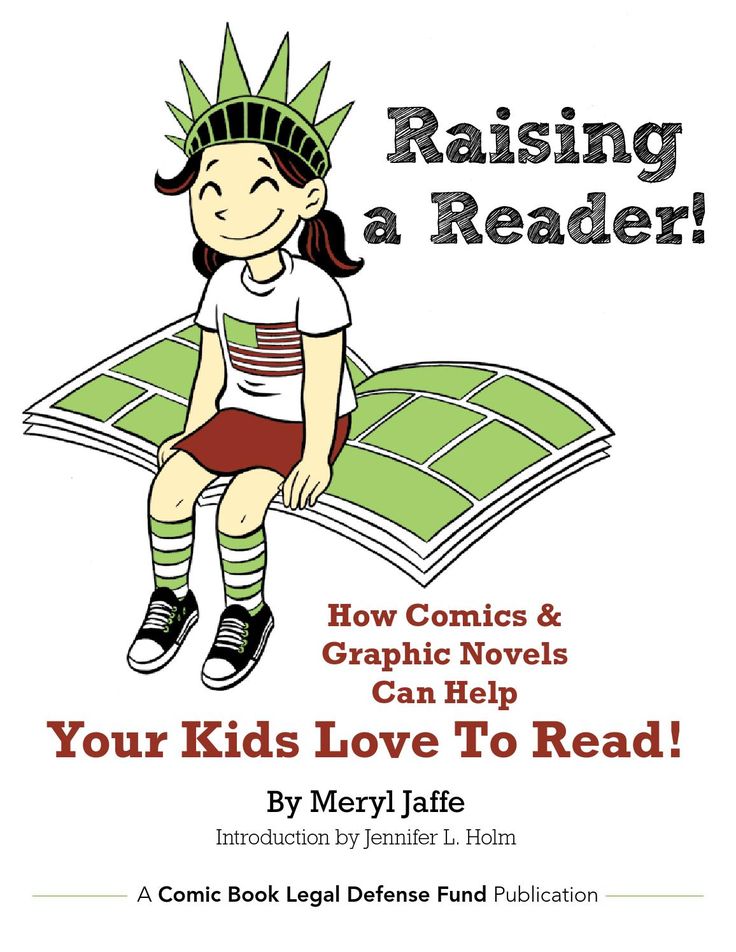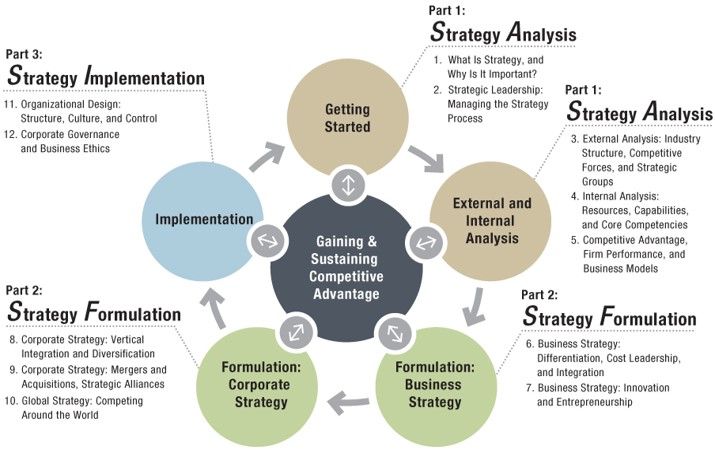Children getting dressed
How to get dressed: teaching your child
Why your child needs to learn how to get dressed
Learning to get dressed builds your child’s confidence and independence and gives them a sense of achievement. And once your child can dress themselves, helping them get dressed is one less thing for you to do.
Also, getting dressed helps your child develop many other skills. These include:
- fine motor skills – for example, by fastening buttons and zips
- gross motor skills – for example, by standing on one leg to pull on a pair of pants
- cognitive skills – for example, by remembering which clothes go on first and concentrating on getting the task done
- language skills – for example, by naming types of clothes, colours and sizes
- awareness of time and space – for example, by dressing for certain occasions and weather conditions.
Getting started with getting dressed
Often very young children start to be aware of clothing by pulling off easy-to-remove things like socks, shoes or hats. Sometimes they try to put them on again. You can build on this early awareness by naming the clothes your child has taken off and the body parts they go on.
You can start to include your older baby or toddler in getting dressed by letting your child choose clothes and naming them as you put them on your child.
And when you decide it’s time to work on this skill with your child, it can help to have some easy clothes on hand. These might include:
- loose, elastic-waisted pants
- clothes with velcro or large buttons and button holes
- jumpers, t-shirts and underwear with pictures on the front to help your child work out front from back
- clothes that are easy and comfortable for your child to move in.
Getting dressed: breaking down the steps
Getting dressed can have a lot of steps. It helps to break it down into smaller steps – for example, putting on underwear, then t-shirt, shorts, socks and shoes.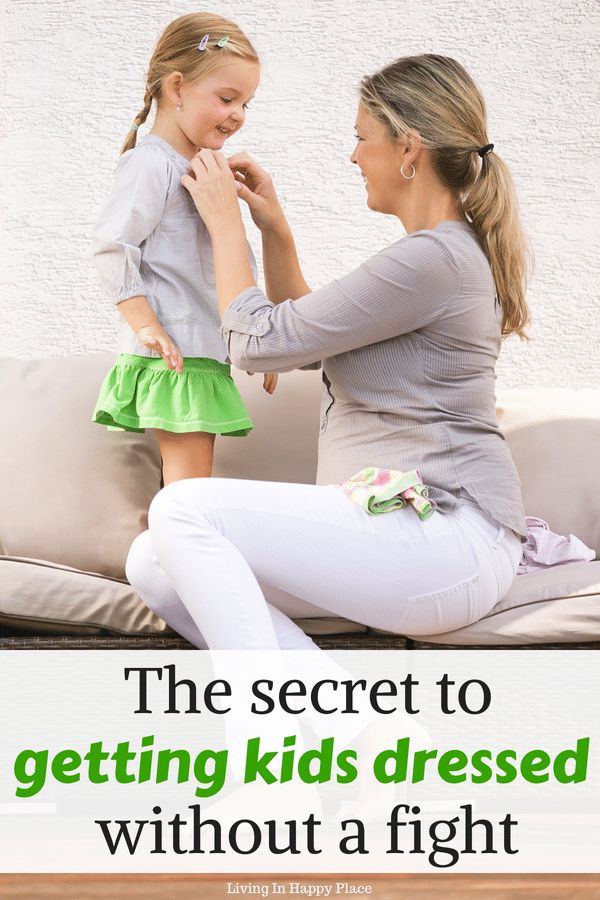
You can also break down each of the steps in getting dressed, depending on your child’s skill and age. For example, you could break down the steps for putting on shorts like this:
- Face shorts the right way.
- Hold on to the front of the waistband.
- Push one leg at a time through the leg holes while also holding the shorts.
- Pull the shorts up.
Talking your child through each step helps them know what to do. In the early stages, simple words or phrases are OK – for example, ‘Shirt on’. You can say more as your child’s language develops – for example, ‘Push your arm through the sleeve’.
When your child can almost dress themselves (usually from 3 years and up), you can check whether they understand the steps. Ask, ‘What’s the first thing you need to put on?’ If your child can’t remember, you can help them get started by reminding them.
Getting dressed: teaching the steps backwards
A good way to teach your child how to get dressed is to break down each task into small steps and teach them the last step first. Once your child can do the last step of the task, teach them the second-last step, then the third-last step and so on.
Once your child can do the last step of the task, teach them the second-last step, then the third-last step and so on.
For example, when putting on shorts, you might help your child face the shorts the right way, hold the waistband and put their legs through the leg holes. Then teach your child the last step – pulling up the shorts to their waist by themselves.
Once your child can do this, teach them to put their legs through the leg holes and pull their shorts up. You can keep working your way backwards through the steps until your child has mastered them all and can put their shorts on by themselves.
A big advantage of this approach is that often the most rewarding thing about a task is getting it finished – and your child gets to this reward sooner when they can do the last step first.
If your child is having trouble, it can be tempting to jump in to help. But give your child a chance to work it out for themselves, and cheer your child on as they try.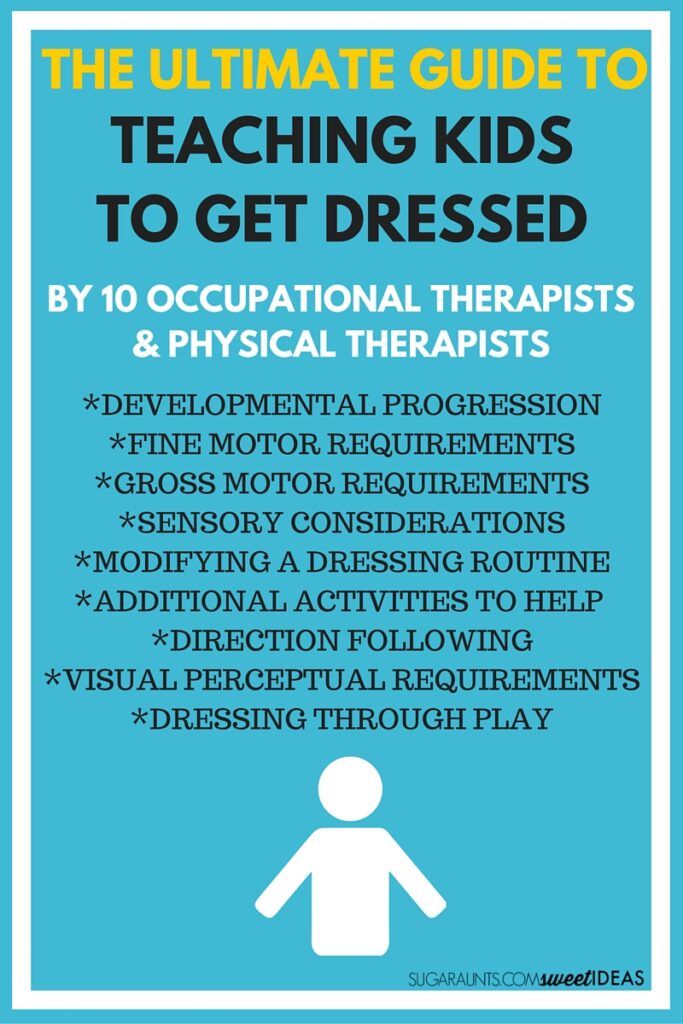 Doing it on their own is great for your child’s confidence. Step in only when your child really needs your help.
Doing it on their own is great for your child’s confidence. Step in only when your child really needs your help.
Tips for helping your child learn to get dressed
If you can be positive and supportive, your child is more likely to cooperate. So a lot of praise will go a long way, even if your child has put their pants on backwards! Here are some practical tips to help.
Making time
- Allow a realistic amount of time for getting dressed.
- If you’re often rushed in the morning, try choosing clothes with your child the night before.
- When you’re in a hurry, let your child do the easy tasks and help them with the difficult tasks.
- Practise getting dressed when you and your child aren’t in a hurry or tired.
Choosing appropriate clothes
- Let your younger child choose from a couple of options, like 2 t-shirts. Older or more mature children might be able to choose their own clothing.
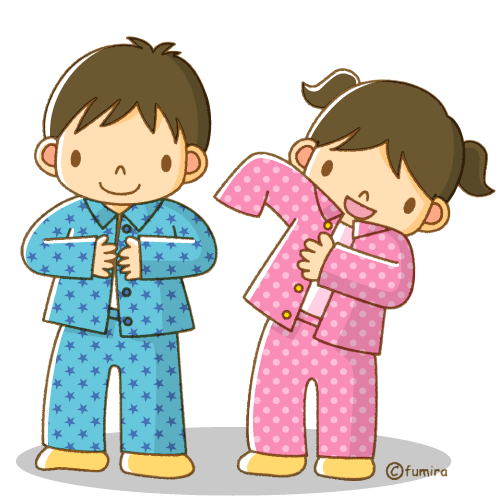
- Talk about the weather when you and your child are choosing clothes. Ask your child whether it’s hot or cold, raining or sunny.
- Teach your child the difference between dirty and clean clothes – for example, ‘Dirty clothes go in the laundry basket. You can wear them again when they’re back in the drawer’. You can use some simple guidelines like wearing clean underwear and socks each day.
Making it easier
- Have your child sit down for dressing tasks. Sitting on the floor might be easier than sitting on a chair or bed for some children.
- Store clothing in drawers and cupboards that your child can get to easily. Label clothing drawers with a picture or word to describe the clothing that’s in the drawer.
- Wear clothes that have clear front and back clues – for example, a picture on the front and a tag on the back.
Teach undressing first – it’s easier than dressing. Being able to undress by themselves can boost your child’s confidence.
Some children know how to get dressed but need some help with learning to cooperate. If you explain to your child why they need to get dressed or undressed, it might motivate them to cooperate. For example, you could say, ‘You need to get dressed so that you can play in the sandpit with your friends at kindergarten’.
Teaching children with disability, autism or other additional needs to get dressed
Some children with disability, autism or other additional needs can have trouble getting dressed. Some autistic children have sensory sensitivities that make it hard for them to cope with the texture of different materials on their skin.
If you’re having trouble teaching your child with disability, autism or other additional needs to get dressed, an occupational therapist (OT) who works specifically with children might be able to help. OTs can give you strategies to teach your child to dress or suggest equipment that can make the process easier.
Development of skills for getting dressed
Here’s a rough guide to dressing skills at different ages.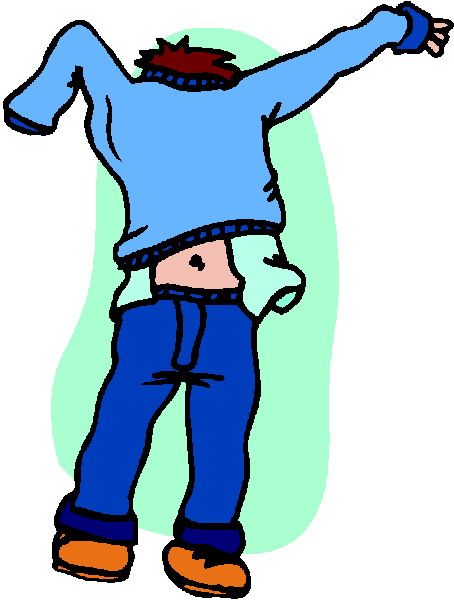 Keep in mind that children develop skills at different rates.
Keep in mind that children develop skills at different rates.
At one year children can usually:
- hold their arms out for sleeves and put their feet up for shoes
- push their arms through sleeves and legs through pants
- pull socks and shoes off.
At 2 years children can usually:
- take off unfastened coats
- take off shoes when the laces are untied
- help push down pants
- find armholes in t-shirts.
At 2½ years children can usually:
- push down pants with elastic waists
- try to put on socks
- put on front-buttoned shirts, without doing up buttons
- unbutton large buttons.
At 3 years children can usually:
- put on t-shirts with little help
- put on shoes without fastening – they might put them on the wrong feet
- put on socks – they might have trouble getting their heels in the right place
- pull up and push down pants by themselves
- zip and unzip without joining or separating zippers
- take off t-shirts without help
- button large front buttons.
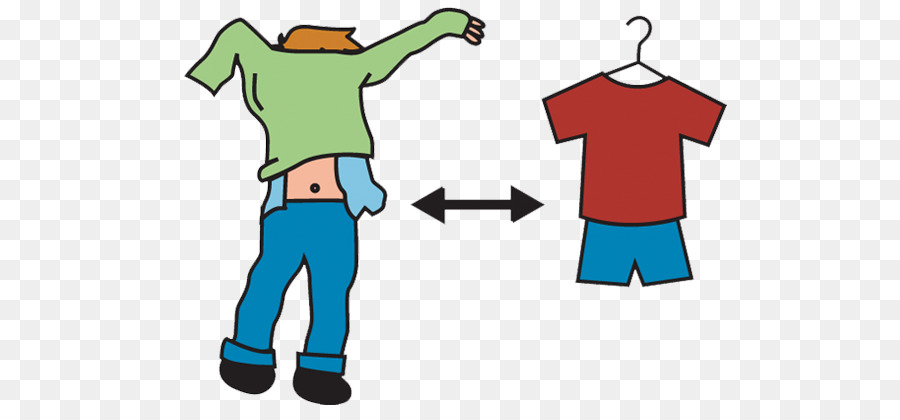
At 4 years children can usually:
- take off t-shirts by themselves
- buckle shoes or belts
- connect jacket zippers and zip them up
- put on socks the right way
- put on shoes with little help
- know the front and back of clothing.
At 4½ years children can usually:
- step into pants and pull them up
- thread belts through buckles.
At 5 years children can usually:
- dress without your help or supervision
- put on t-shirts or jumpers the right way each time.
Tying up shoelaces is a skill that most 5-year-olds are still learning. Our handy illustrated guide to tying shoelaces outlines some easy steps for teaching your child this skill.
10 expert tips to help your kids get dressed by themselves
Confidence and self-determination are 90% of the game!
By Ashley Thurn, MS, OTR/L February 12, 2018
Teaching your child how to get dressed can seem like an impossible task. But don’t worry, it will happen! Keep these 10 tips in mind to help the process along:
But don’t worry, it will happen! Keep these 10 tips in mind to help the process along:
1. Always teach taking off/removal of clothing items first to increase self-confidence
Teaching a child something as simple as removing their shoe will quickly strike their independent interest to figure out how it can go back on. Once they learn how to take clothing items off, they begin to feel more confident in their ability to put it back on (even if they totally can’t.)
Confidence and self-determination are 90% of the game!
2. Get dressed with them
Kids learn best by modeling. Monkey see monkey do! Processing and following multiple auditory steps (aka words and commands) can be overwhelming when attempting a new skill. If they’re learning to don a shirt, both of you can don a shirt together, side by side.
3. Break EVERYTHING down into simple steps
When speaking, always use short and simple words and give everything a label/name (i.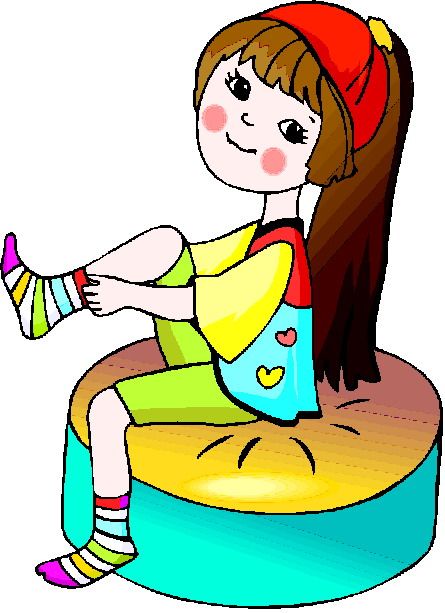 e., “armhole,” “head hole,” “tongue”).
e., “armhole,” “head hole,” “tongue”).
4. Complement verbal commands with a visual of each step (i.e., dressing cards or pictures)
I love visuals for helping kids learn to dress, especially for visual learners. A visual dressing card is a picture or print out showing each step of dressing. Again, auditory processing of verbal commands can be overwhelming, hence the pictures. You can draw your own pictures, or you can use a dressing book/card.
5. To practice putting clothing on, use VERY LARGE size when first learning
Larger holes = greater success and less frustration. Once they get the concept, you can then attempt teaching in a regular size. The added perk is that the larger the size, the longer they will actually fit in them as we all know they grow like weeds!
6. Practice when you’re not in a hurry to get out the door
Practice on a non-scheduled day when there is no pressure on either of you.
7.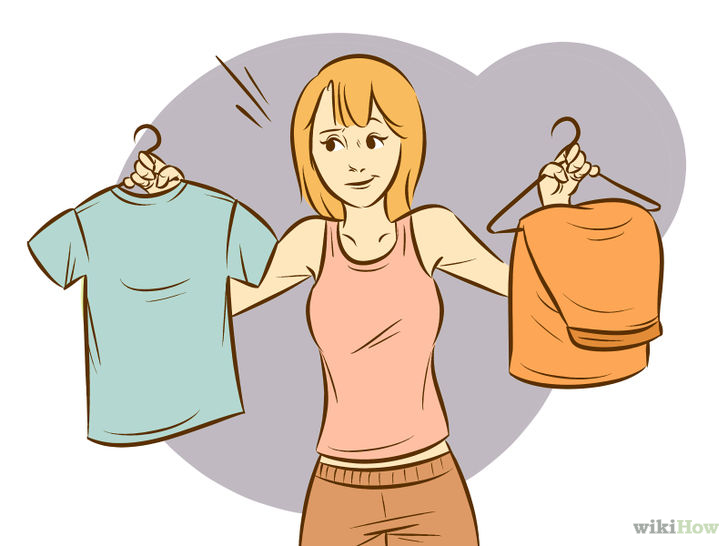 Have them sit down
Have them sit down
This takes out the need for them to balance themselves and try to use their core the entire time. Floor sitting or a small kid’s step stool is ideal.
8. Teach orientation of clothing items (i.e., front, back, side, top, bottom)
This one is huge! Have them identify the front vs. back and all of the correct holes for placement of extremities. Also, teach them to always find the tags!
9. Use a mirror
After they’re done getting dressed, it’s always nice to have them double check themselves so they can see if they have left any items twisted (or backward).
10. Be patient and make getting dressed fun!
I hope you all found this information helpful in making you and your little ones more successful at learning to dress together. May your coffee be strong and your morning routines run smoothly!
Originally published by Ashley Thurn on Helpinghandsot.com
Article | Teaching a child to dress himself
When it's time to send a child to kindergarten, parents worry - how will he dress himself? Usually, if the baby is from one to two years old, he can already take off his clothes, but does not try to get dressed yet. Parents will need patience to teach their son or daughter how to put on a dress, tights or trousers on their own, and buttoning a jacket and tying shoelaces is aerobatics. How to help a child?
Parents will need patience to teach their son or daughter how to put on a dress, tights or trousers on their own, and buttoning a jacket and tying shoelaces is aerobatics. How to help a child?
You can start by having the child try to dress himself in the morning, getting ready for kindergarten, or better, when he has not yet gone to kindergarten and can safely train at home. It is better to develop self-dressing skills gradually, from simpler items (T-shirt, skirt or shorts with an elastic band) to more complex ones (jacket, trousers, boots).
Consider age
Children have different dressing skills at different ages. It will not be possible to unequivocally answer the question at what age a child should be able to dress himself. He will learn step by step for several years. The main thing is to be patient and remember to encourage the child, to celebrate every small achievement.
A one-year-old baby will be able to take off his shoes and socks, put his hands in the sleeves of his jacket, pull on his trousers.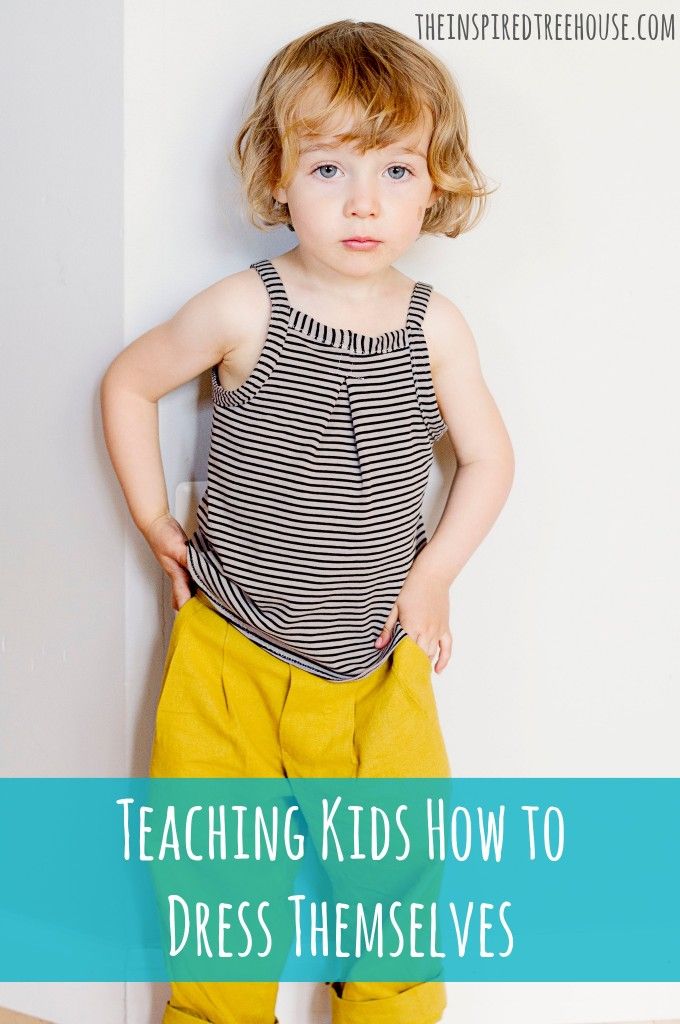 At 2 years old, the child will be able to remove an unbuttoned sweater or coat. At 2.5 years old, he will be able to take off his trousers without fasteners, will try to put on socks on his own, and will also be able to unfasten the large buttons himself. At 3 years old, the child will already be able to put on a T-shirt with the help of parents, it will be possible to use large zippers, large buttons in clothes. At 4 years old, a child will be able to put on shoes with a little help and put on socks on their own. And at 5 years old, a child will be able to dress completely without the help of parents.
At 2 years old, the child will be able to remove an unbuttoned sweater or coat. At 2.5 years old, he will be able to take off his trousers without fasteners, will try to put on socks on his own, and will also be able to unfasten the large buttons himself. At 3 years old, the child will already be able to put on a T-shirt with the help of parents, it will be possible to use large zippers, large buttons in clothes. At 4 years old, a child will be able to put on shoes with a little help and put on socks on their own. And at 5 years old, a child will be able to dress completely without the help of parents.
It is best to start practicing with undressing and dressing from one and a half years, when the baby takes off his socks, hat, tights, slippers with pleasure. Praise the child for such an initiative, compete with him, draw his attention to the color and size of clothes, name all items of clothing, play with him while dressing.
Put clothes close
To teach a child to dress himself, you need to put children's things as close as possible - so that he can easily reach them.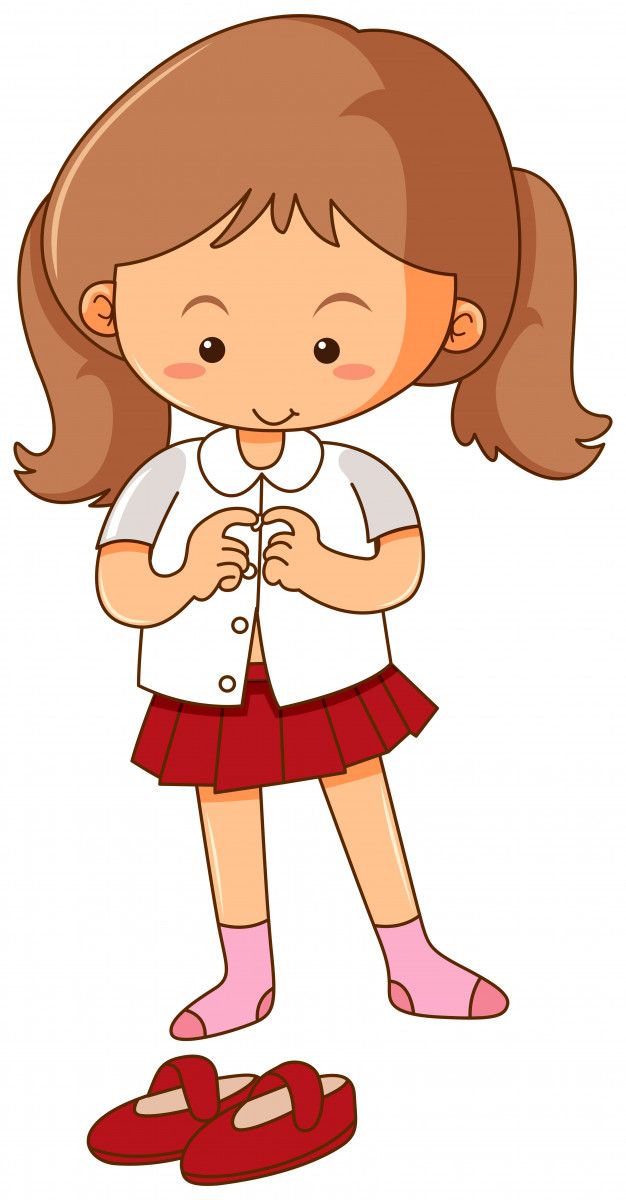 If he sees his things more often, he will gradually get used to putting them on himself.
If he sees his things more often, he will gradually get used to putting them on himself.
Try to arrange your child's clothes on the bed or on the chair in the order in which they should be put on: shorts and T-shirts on top, shirts and sweatshirts on the bottom.
If a child likes to dress up in the clothes of mom and dad, he should not forbid it. So he strives to be like his parents. Allocate your unnecessary, homemade or old clothes for games - let him learn.
More velcro, less complicated closures
Clothes for girls and boys are better to buy comfortable ones - with velcro, closures or elastic band - so it will be easier for the child to cope. The baby will begin to put on such clothes on his own much faster.
Choose comfortable sweatpants over jeans or trousers. First, it is better for a child to learn how to simply pull his pants over himself, and then use locks, buttons, latches. This also applies to skirts and dresses.
Buy plenty of comfortable items: stretchy trousers, loose dresses, T-shirts, wide neck sweaters, clothes with large buttons.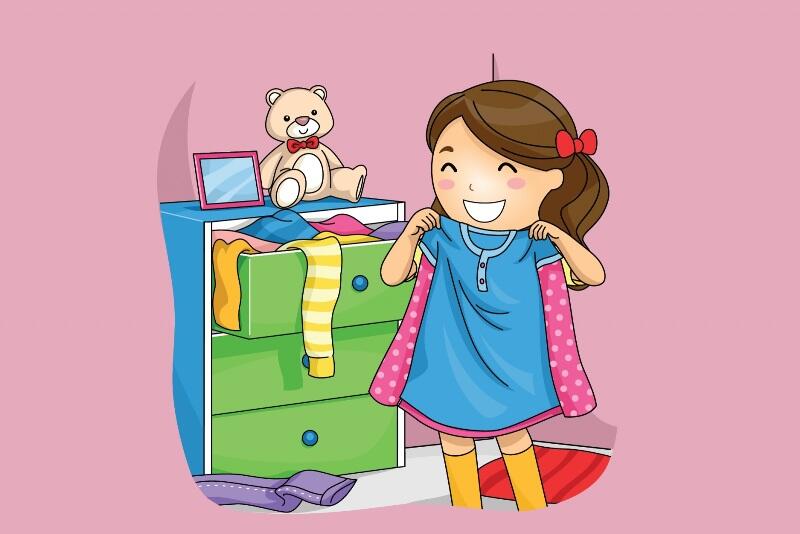 The kid will quickly learn to distinguish the front side from the inside if it has bright patterns and pockets. For shoes, the best choice is Velcro or, in extreme cases, zippers. Most children do not know how to tie their shoelaces until they are 5-6 years old.
The kid will quickly learn to distinguish the front side from the inside if it has bright patterns and pockets. For shoes, the best choice is Velcro or, in extreme cases, zippers. Most children do not know how to tie their shoelaces until they are 5-6 years old.
Lead by example
A good way is to show your child when you dress yourself. Tell in detail what and how to do, for example: we connect the two edges of the jacket, insert each button in turn into the hole, take two laces and tie.
You can also compete with your child to see who gets dressed the fastest. So a boring process will turn into a fun game.
It can be difficult for a child to put on briefs, socks, trousers, and especially boots. Invite your child to sit on the floor, on a high chair, or on a step to make it easier to put on and take off clothes.
Want to teach your child to put on a jacket faster? Have him put a hood over his head first. Then he will not confuse which hand should go into the left and which into the right sleeve.
Draw a visual poster
You can make a bright morning poster that will remind the child what and in what order he needs to do to get dressed.
It is recommended to divide the poster into columns and then draw each piece of clothing (one type of clothing per column).
Make sure the pictures are in the correct order so that the instructions are easy to follow. The poster should be hung at eye level where the baby can easily see it (in his room or in the hallway).
If the child does not want to get dressed
Forcing is useless, so there are two options: just wait until the baby grows up, or turn this process into a game. For example, in the mornings, trains run in our apartment, which must pass through the tunnels. The sleeves and trousers are tunnels, and the child must put his hands and feet into them so that the trains will quickly go out into the world. The process of dressing is significantly accelerated and gives pleasure to both the child and the parent.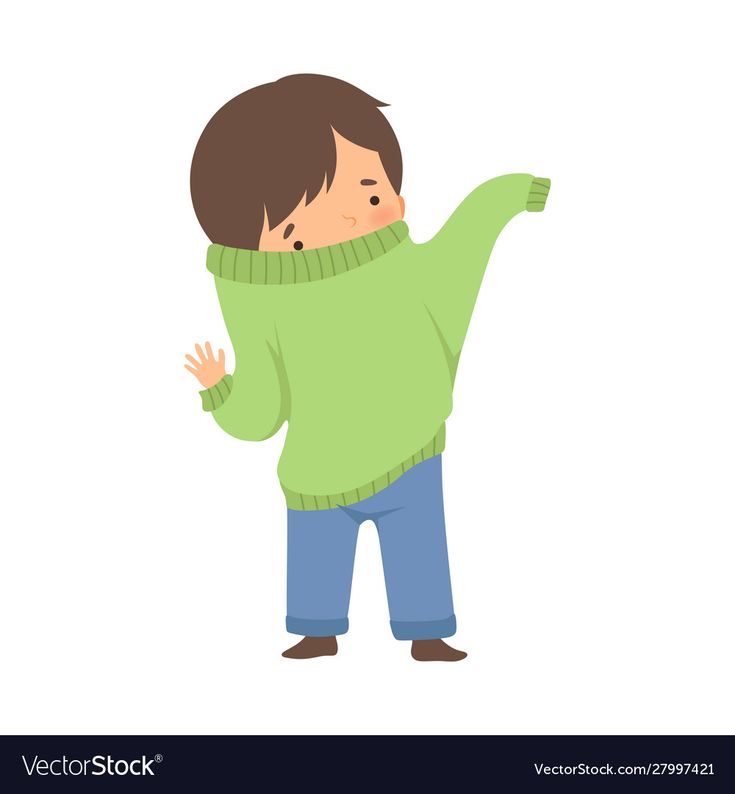
There are no limits to the imagination of parents. With a girl, you can play a photo model, which should be beautifully dressed for a photo shoot - and really arrange a short shoot at the end. You can also play dressing up dolls and soft toys — let the child choose clothes for them, put them on for sleep and walks, and change clothes according to the season. Having practiced on Barbie and your favorite bear, the kid will be much more dexterous with his outfits.
Sources:
Parenting Portal
Parenting Portal RaisingChildren
Protest or problem – Healthy Child Online Room
Quite often, parents of young children are faced with such a problem as the unwillingness of the child to dress. Many kids categorically do not want to wear blouses, jackets and hats. Screams, tears, attempts to escape, tantrums - a fairly common picture that occurs in many families at the time of gathering on the street. It seems that your child, being quite calm and obedient the rest of the time, at this time turns into some kind of monster who, out of spite and only out of harm, does not want to dress and does everything to make you late for a visit or for work.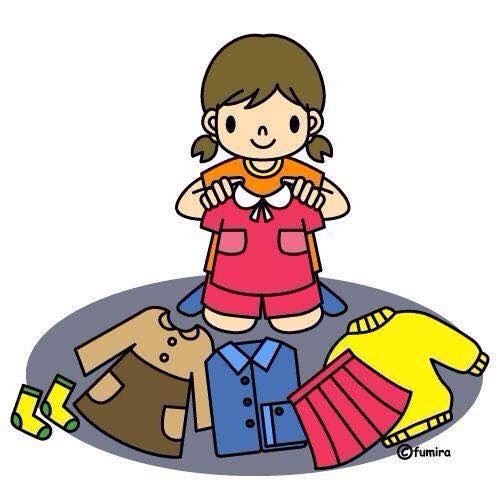 It seems that he specifically wants to piss you off and ruin your mood.
It seems that he specifically wants to piss you off and ruin your mood.
But we are adults and we must understand that this is complete nonsense and that there are explanations for everything! So what is really happening? Why do children dislike this process so much? How does one relate to this and what to do if the child does not want to dress?
Possible reasons why a child does not want to dress
Quite understandable explanations for such behavior of very young and not yet independent children at the age of 1-2 years can be the fact that clothes simply interfere with him. He is uncomfortable and uncomfortable. He experiences a feeling of stiffness, closeness and unnaturalness of his own body. In the end, the process of dressing itself is not a pleasant procedure. Especially when parents clumsily and often in a hurry try to put their arms and legs into narrow clothes that restrict any movement. In addition, the process of dressing distracts from any interesting activities and implies that you need to stand still for some time without moving, automatically following your mother's commands.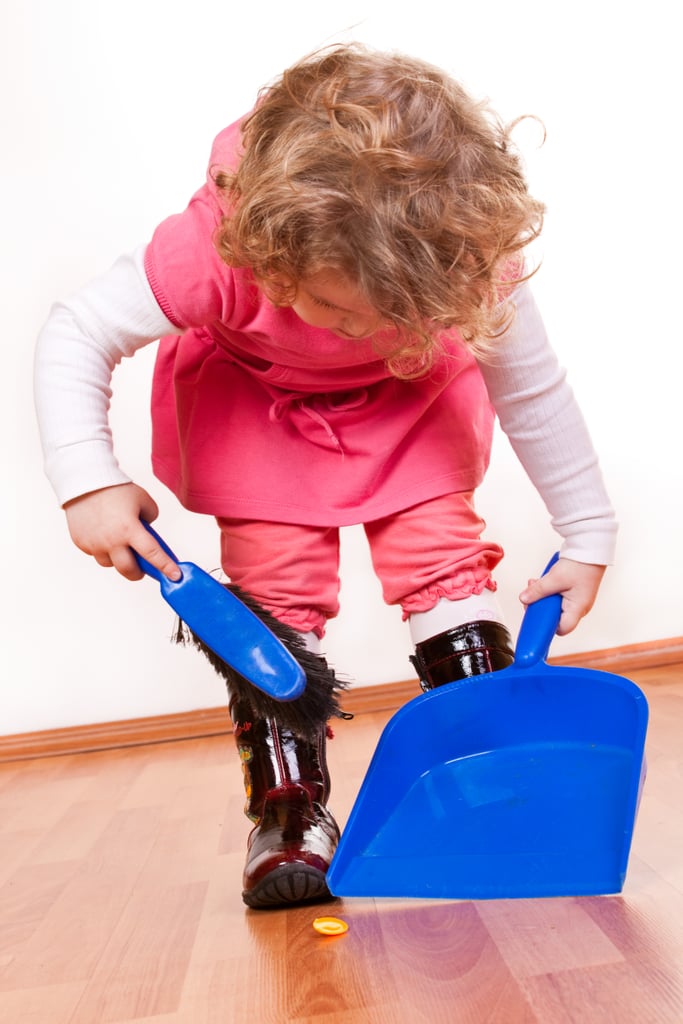 And if, in all honesty, we remember how often parents raise their voices at the same time, how they start to get nervous, rush the children, scream and, God forbid, raise their hand against him and use force? Explaining to a 2-year-old child that it is cold outside and he may freeze is not a good prospect. Punishing and threatening, as well as begging and asking, is also not an option.
And if, in all honesty, we remember how often parents raise their voices at the same time, how they start to get nervous, rush the children, scream and, God forbid, raise their hand against him and use force? Explaining to a 2-year-old child that it is cold outside and he may freeze is not a good prospect. Punishing and threatening, as well as begging and asking, is also not an option.
What to do?
First of all, you need to remember that under no circumstances should you lose your temper! You should always be calm and balanced. In addition, you must be sure of your actions and that you are right. What will happen if, approaching your son or daughter with clothes, you think that now he will run away, hysteria and cry? Of course it will! You consciously program events in advance. Therefore, in complete calmness and confidence, while the child is doing his own thing: playing or watching a cartoon, collect things for him, dress yourself and only then, slowly, without drawing attention to yourself, start dressing him. If the child is not busy, take it yourself - tell a fairy tale or read a poem. Play games - nursery rhymes, which can be found in large numbers on the Internet, or sing a song. Distract him in any way you want.
If the child is not busy, take it yourself - tell a fairy tale or read a poem. Play games - nursery rhymes, which can be found in large numbers on the Internet, or sing a song. Distract him in any way you want.
If your child doesn't want to dress up, avoid blouses with narrow necks and tight sleeves, as well as turtlenecks, if possible. Put on your hat at the very last moment. In general, everything that is connected with the head causes a storm of protests and indignation in young children. At the moment of dressing over your head - play games - hide and seek, such as "Ku-ku". Use your imagination, come up with something interesting, play with your child. Even if not everything works out right away, be patient a little. No matter what, stay calm and kind. After all, 10 minutes of patience is still better than 2 hours.
The simplest explanation for an older child's reluctance to dress may be the fact that he simply does not know how to do it. Sometimes it is easier for parents to dress the child themselves.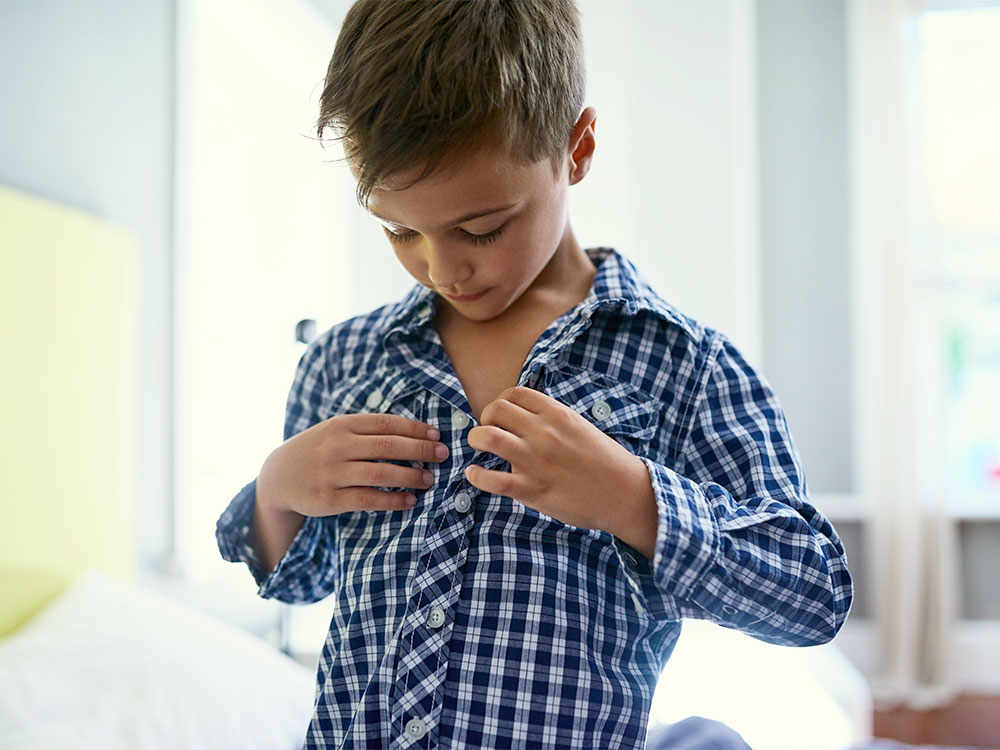 But then a moment occurs, and often it happens suddenly, when mom or dad starts talking about the development of independence in their child and begins to demand that he quickly dress himself independently. The harsh demands that have fallen on the little man may well provoke feelings of anxiety, insecurity and excitement. In such a situation, the baby completely loses all ability to do anything, he is depressed, scared, confused and does not understand at all how and what to put on.
But then a moment occurs, and often it happens suddenly, when mom or dad starts talking about the development of independence in their child and begins to demand that he quickly dress himself independently. The harsh demands that have fallen on the little man may well provoke feelings of anxiety, insecurity and excitement. In such a situation, the baby completely loses all ability to do anything, he is depressed, scared, confused and does not understand at all how and what to put on.
Quite understandable are such reasons as: unwillingness to go to kindergarten, to a clinic or to visit someone. Or, on the contrary, he wants it too much, and the process of dressing only delays the long-awaited moment.
But what if there are no obvious and understandable reasons, but still, the child does not like to dress up?
It turns out that in most of these cases, the root of the problem of dislike to dress is much deeper than we think. Child psychologists unanimously say that if a child does not want to dress, a crisis may be the reason for this.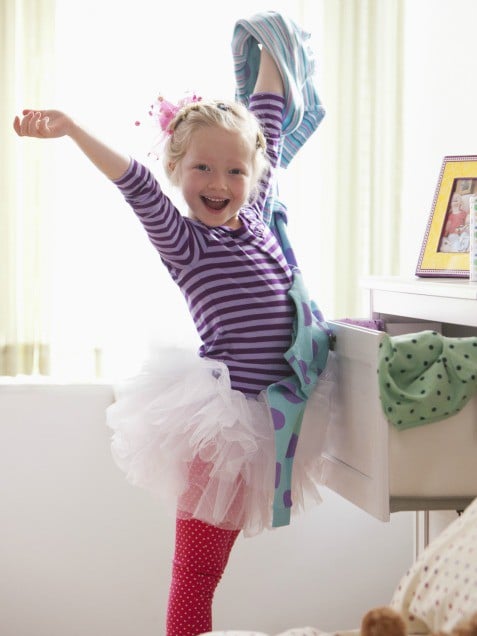 Namely, the “crisis of independence”, which takes place in different ways, but affects absolutely all children. Here we are talking about preschool children who can dress themselves, who understand everything they are told and who are aware of what they are doing. Stubbornness, and sometimes aggression in such children can arise as a process of building relationships with the outside world and other people. The child wants to feel independent and have the right to choose. And this is completely natural and normal. Parents, in this case, play the role of a kind of irritant, which not only does not give such an opportunity, but also forces, imposes something to do against their will. There is a so-called struggle for power. Disobedience and unwillingness to dress in this case expresses an attempt to defend their own positions. If this does not work out, if screams and running away do not help, and the adult defends his innocence with irritation and force, the child begins to cry. The repetition of such confrontations between a child and adults does not lead to anything good.
Namely, the “crisis of independence”, which takes place in different ways, but affects absolutely all children. Here we are talking about preschool children who can dress themselves, who understand everything they are told and who are aware of what they are doing. Stubbornness, and sometimes aggression in such children can arise as a process of building relationships with the outside world and other people. The child wants to feel independent and have the right to choose. And this is completely natural and normal. Parents, in this case, play the role of a kind of irritant, which not only does not give such an opportunity, but also forces, imposes something to do against their will. There is a so-called struggle for power. Disobedience and unwillingness to dress in this case expresses an attempt to defend their own positions. If this does not work out, if screams and running away do not help, and the adult defends his innocence with irritation and force, the child begins to cry. The repetition of such confrontations between a child and adults does not lead to anything good.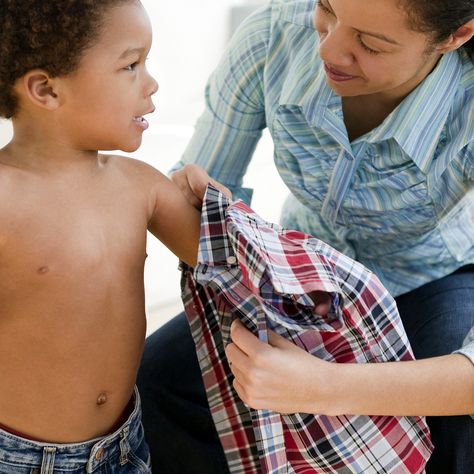 Such behavior provokes a violation of the mental state of a small person. Gradually, he develops fears, aggression and even depression.
Such behavior provokes a violation of the mental state of a small person. Gradually, he develops fears, aggression and even depression.
What to do?
In a situation where a child does not dress consciously, an adult needs to stop, distance himself from what is happening and, as if from the outside, look, assess the situation and calmly begin to act, not succumbing to either children's provocations or his own panic.
Children are the same people as adults, they also have their own hobbies, desires and preferences that need to be considered, and, if necessary, unobtrusively and imperceptibly correct them. Therefore, it is necessary to give them the right to choose and the right to act. For example, you can offer pre-selected clothes for dressing, let the baby decide what he will wear. You can ask to bring a jacket or allow you to put on a hat yourself, ask which foot to put on shoes first, or give the right to choose between gloves and mittens. Little things like that will make your child feel important.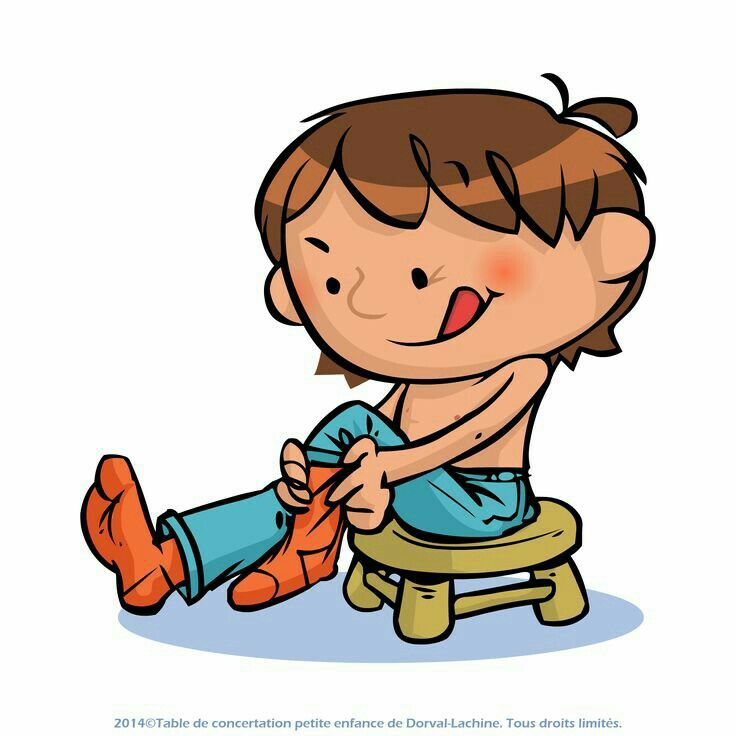
It is difficult for a child to switch from one thing to another. Therefore, before you start dressing, warn him in advance. Say that in 10 minutes you need to go outside. At the same time, it is necessary to show the child to the clock and explain how it works, because children do not have the concept of time. You can defiantly start collecting things so that the child sees this and is mentally ready to dress. It is even better to prepare his things in advance. Moreover, he must participate in the choice of things himself.
Any child does not want to dress up because it is not interesting and rather boring. Make this unpleasant activity fun and exciting for him. Games, counting rhymes, nursery rhymes, fairy tales, stories - these things always help out great in any situation.
All children want to be like someone: whether it's a cartoon character or a neighbor fireman - it doesn't matter, the main thing is that the child understands that he quickly dressed up as his hero.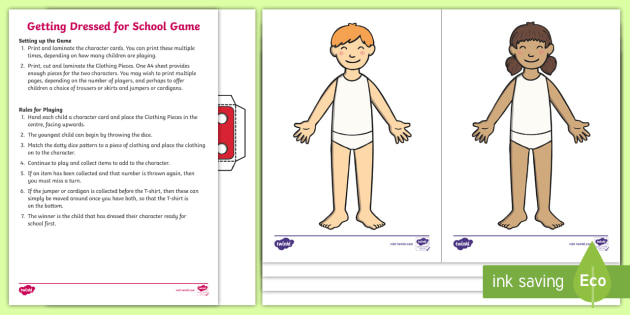 However, in no case in this situation can it be compared with someone from a negative point of view. He should be no worse than someone else, but better or almost the same. Always keep positive feedback in mind. A positive emotional component is the main thing that should be in relationships with children, not only at the time of dressing, but always. He should do any business not under pressure, but with pleasure, with desire and with joy.
However, in no case in this situation can it be compared with someone from a negative point of view. He should be no worse than someone else, but better or almost the same. Always keep positive feedback in mind. A positive emotional component is the main thing that should be in relationships with children, not only at the time of dressing, but always. He should do any business not under pressure, but with pleasure, with desire and with joy.
If a child does not want to dress, always remember that the process of dressing itself is only a special case in the life of a little man. If for you these 5-minute screams while dressing are a trifle that you can endure by forcibly breaking the will of a child, then for him this is a whole life. Your and his behavior at this time, the child, without hesitation, projects on his whole life and on relationships with others. These 5 minutes can become his norm of behavior in all life situations. Therefore, in no case should you use force, shout, give ultimatums or threaten the child.